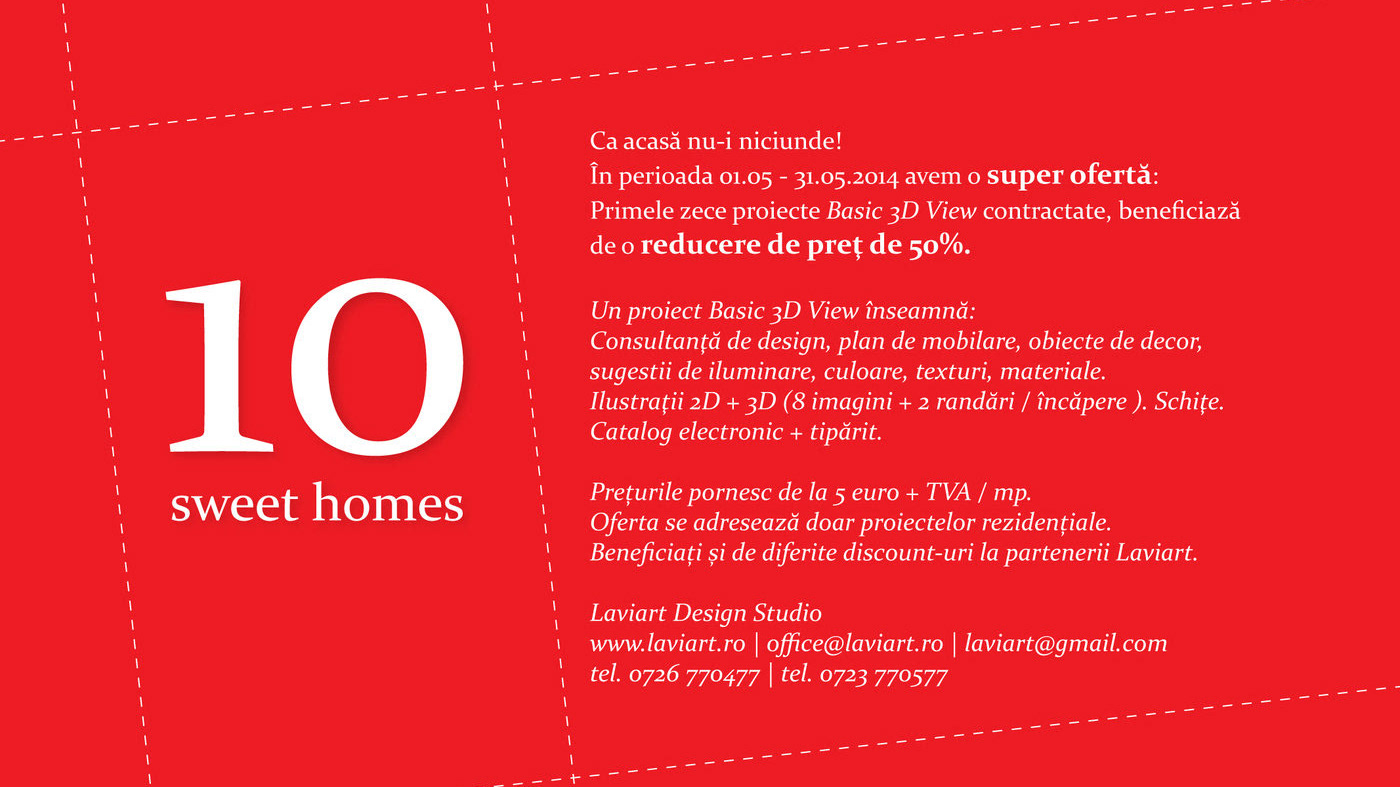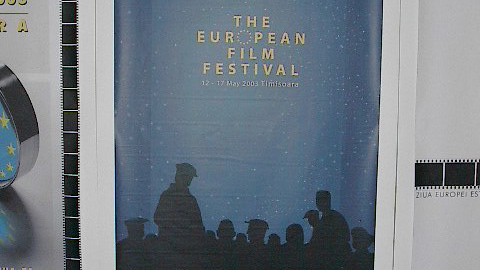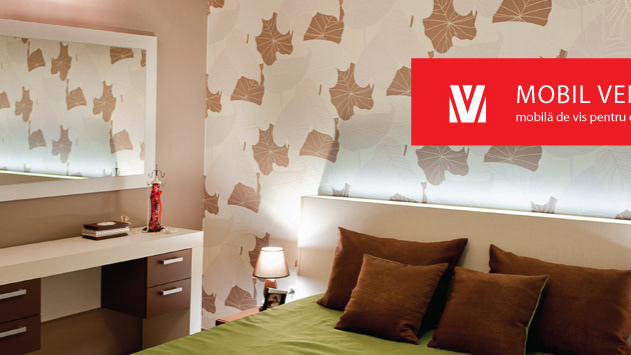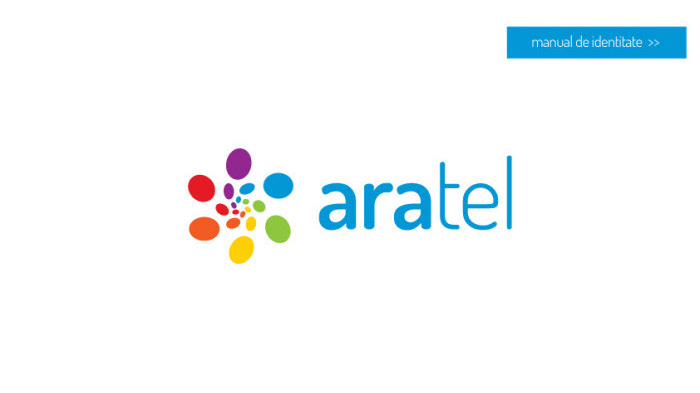In 2002, during a Product Design class assignment, we were challenged to come up with a product idea that could solve a real-life problem or respond to a genuine need.
The inspiration for EYEDOOR came unexpectedly one afternoon as I returned home from university. I heard the laughter and voices of two small children playing behind an apartment door — alone. It struck me how vulnerable they were, and how common this situation might be, especially considering that at the time, there were no clear legal age restrictions for leaving children home alone.
This moment sparked the idea:
What if there were a way for children — or anyone home alone — to safely see and communicate with someone at the door without opening it?
What if there were a way for children — or anyone home alone — to safely see and communicate with someone at the door without opening it?
So I designed EYEDOOR, a visual communication system that would allow residents to see who is outside their door remotely, via a handheld interface. The goal was to enhance safety, awareness, and peace of mind, especially for young children or vulnerable individuals.
In addition to direct communication, the concept introduced a powerful feature that was virtually unheard of at the time:
the ability to monitor or surveil your front entrance from a distance — whether from another room, another floor, or another location entirely.
the ability to monitor or surveil your front entrance from a distance — whether from another room, another floor, or another location entirely.
This was long before the days of smartphones, video doorbells, or the Internet of Things. But the core idea was already there: put safety and control in the hands of the user, no matter where they are.










